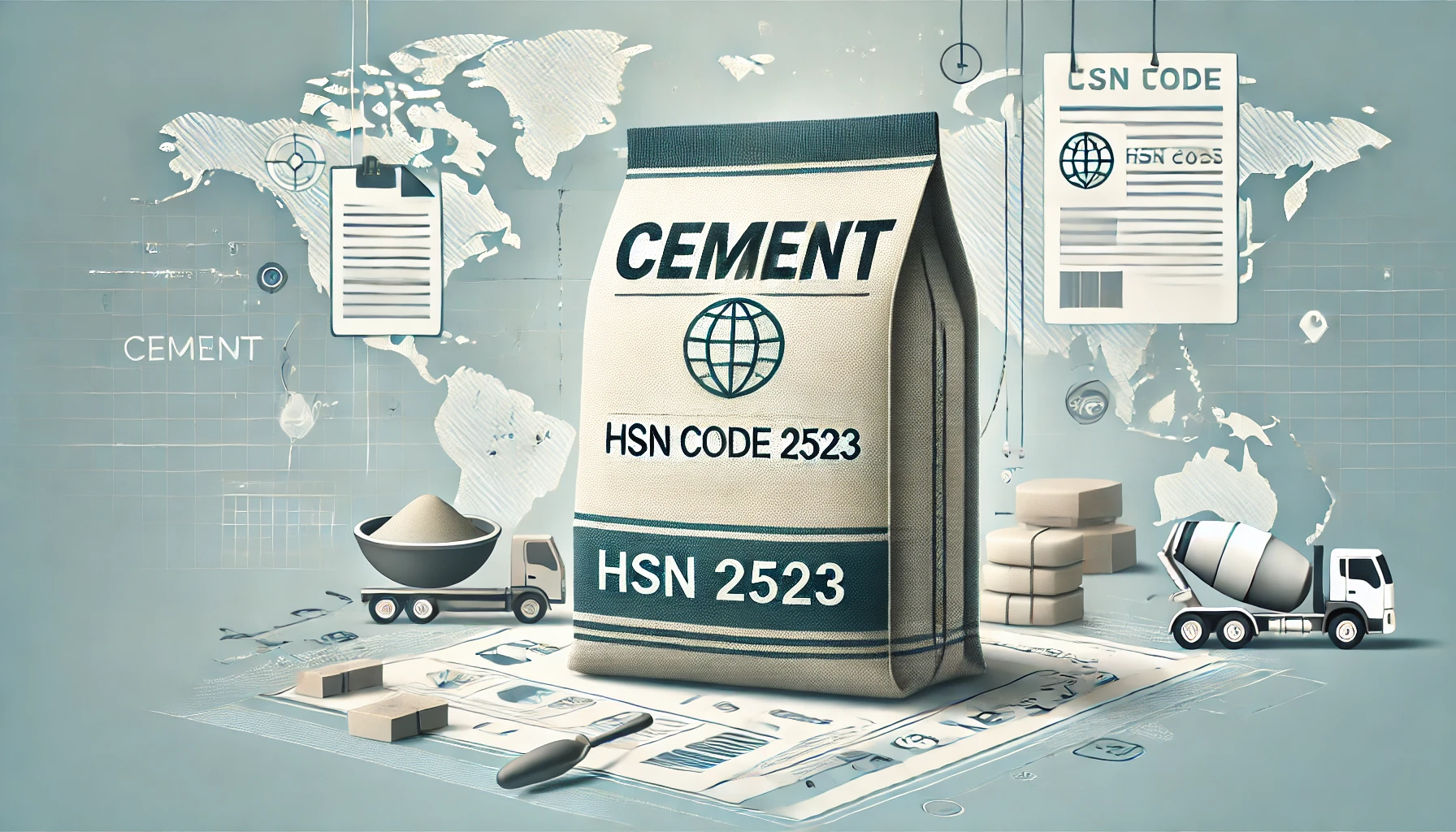HSN Code: A Complete Guide to Its Origin, Importance, Structure, and Role in Global Trade
 Posted on October 5, 2024
Posted on October 5, 2024 
The HSN (Harmonized System of Nomenclature) is a globally accepted system for the classification of goods, created by the World Customs Organization (WCO). It serves as a uniform standard to identify products across international borders, simplifying the customs process for countries involved in global trade.
Origin of the HSN Code
The HSN Code was introduced by the WCO in 1988 to harmonize the global classification of goods for customs and trade. The system currently covers over 5,000 product categories. By establishing a consistent framework, the HSN system ensures that goods are uniformly classified worldwide, promoting smoother trade relations between countries.
Importance of the HSN Code
- Customs and Tax Compliance: The HSN code helps customs authorities to identify and assess the correct duties and taxes on products. In countries like India, it is also used to determine Goods and Services Tax (GST) rates for products.
- Simplifying Trade: The HSN system helps streamline the trade process by allowing businesses and customs authorities to categorize goods consistently, preventing errors in classification.
- Data Collection: Governments and international organizations use HSN codes to gather and analyze trade data for economic planning and forecasting.
Structure of the HSN Code
An HSN code consists of 6 digits, structured as follows:
- The first two digits: Represent the Chapter, which indicates the product’s broad category (e.g., textiles or chemicals).
- The next two digits: Refer to the Heading, which narrows down the specific group within that category (e.g., men’s clothing).
- The last two digits: Indicate the Subheading, further refining the classification to a particular product type (e.g., cotton shirts).
Some countries, such as India, extend this code to 8 digits for more granular classification.
Why India Uses an 8-Digit HSN Code
India uses an 8-digit HSN code system to further classify goods for domestic needs, especially for applying GST rates. The first 6 digits align with the international standard set by the WCO, while the additional two digits are used for a finer classification of goods specific to India’s tax regulations. This ensures a higher level of accuracy in product classification, enabling appropriate tax rates and minimizing the chances of errors during import/export.
How HSN Codes Simplify International Trade and Taxation
HSN codes play a vital role in simplifying international trade and taxation:
- Uniform Classification: With over 200 countries using this system, HSN codes provide a consistent way to identify goods, reducing confusion between nations during import and export.
- Enhanced Trade Efficiency: Using a standard classification system speeds up customs processing, reducing delays and ensuring correct tariffs are applied.
- Tax and Compliance Accuracy: In countries like India, HSN codes are essential for filing GST returns, helping businesses stay compliant with tax regulations. They also simplify the auditing process for tax authorities.
Find Your HSN Code with Cusbuzz
At Cusbuzz, you can easily search and find the HSN code for any product. Whether you need it for customs clearance or tax filing, Cusbuzz provides you with accurate tools to help ensure seamless trade compliance. Explore our platform to find the HSN code that best suits your product.
For more information on the structure and application of HSN codes, visit Cusbuzz for detailed insights.


